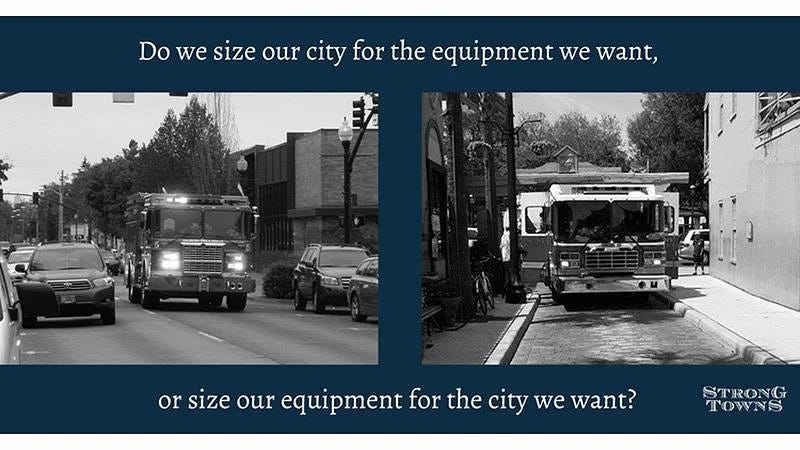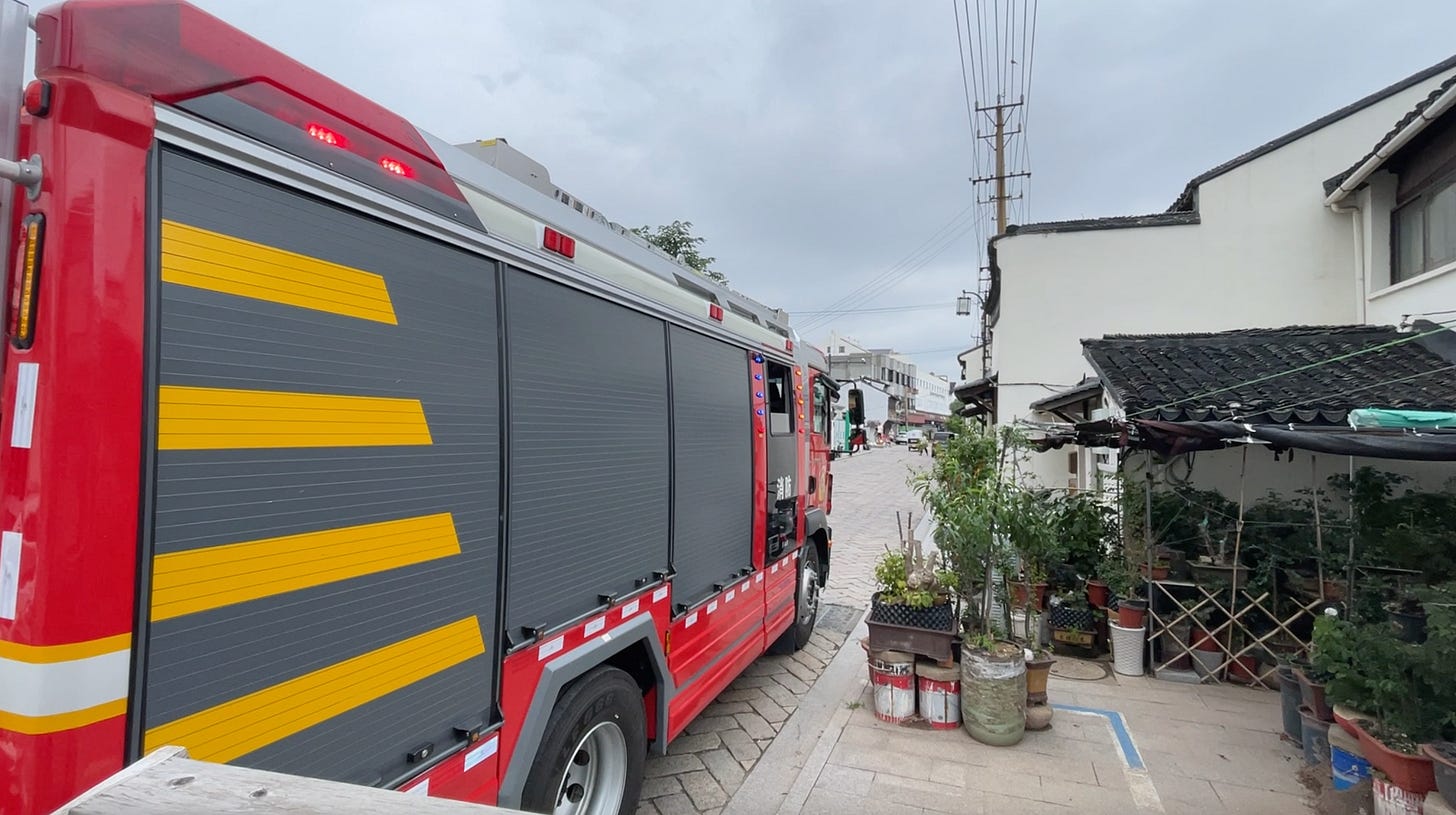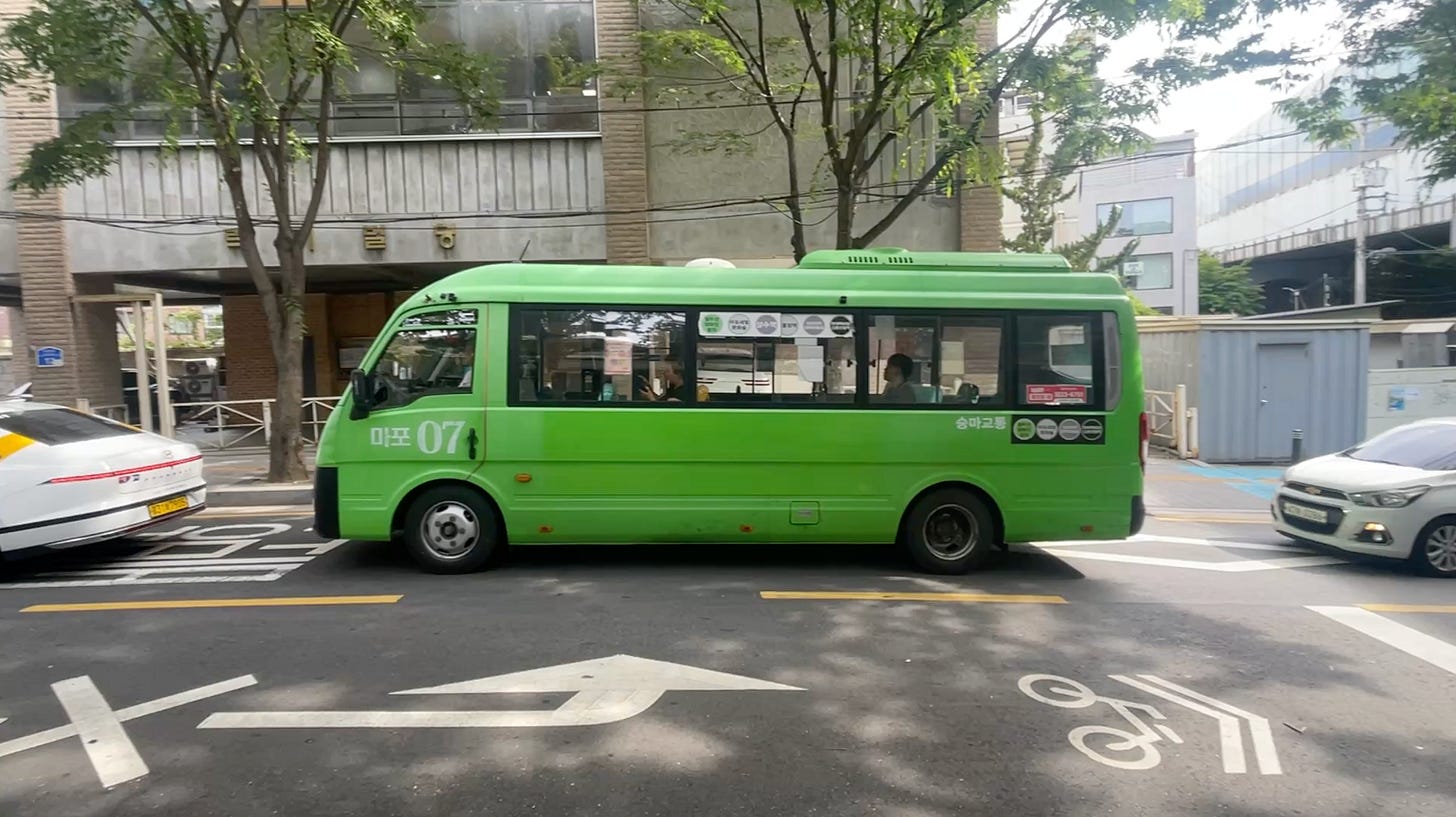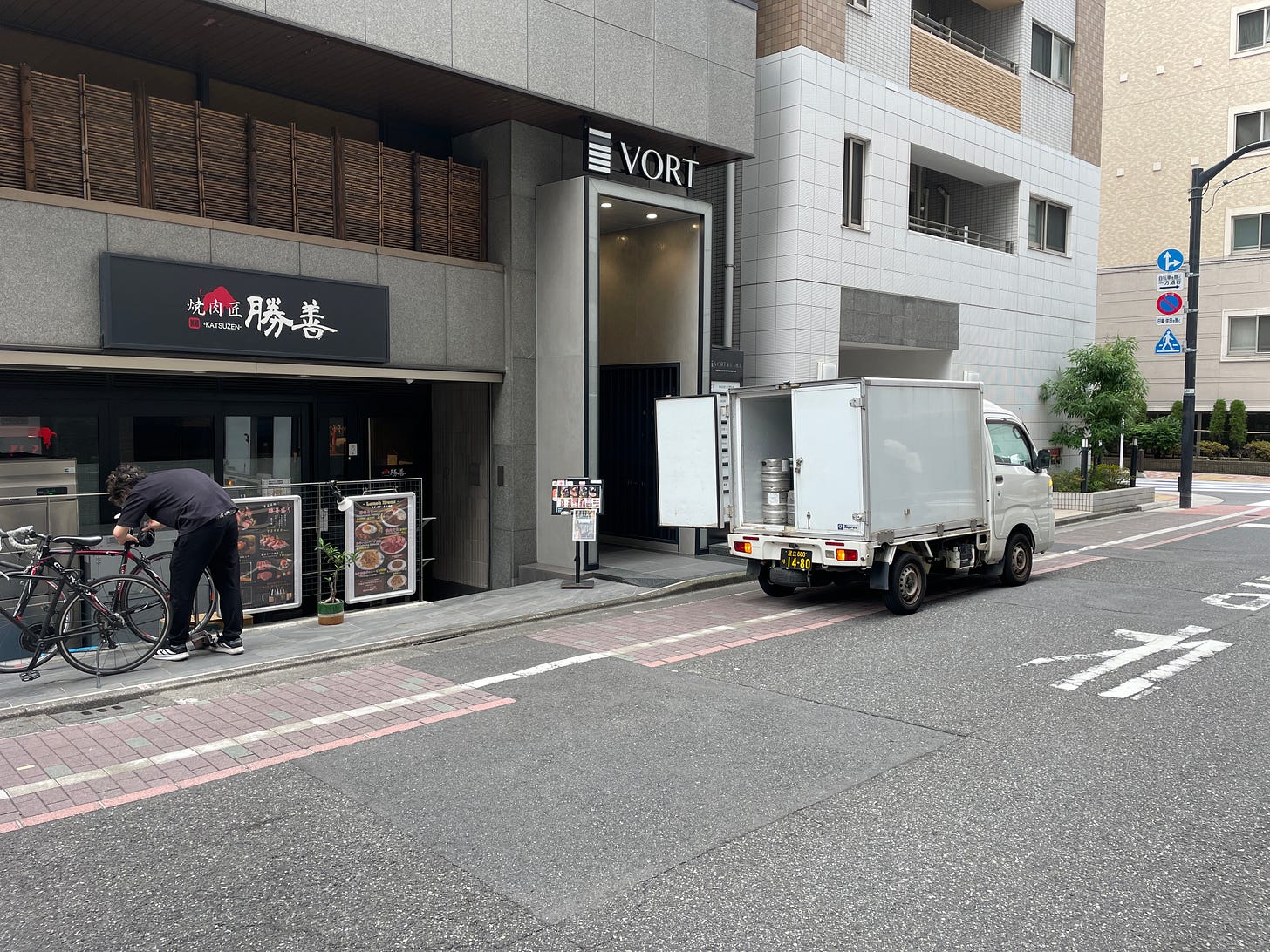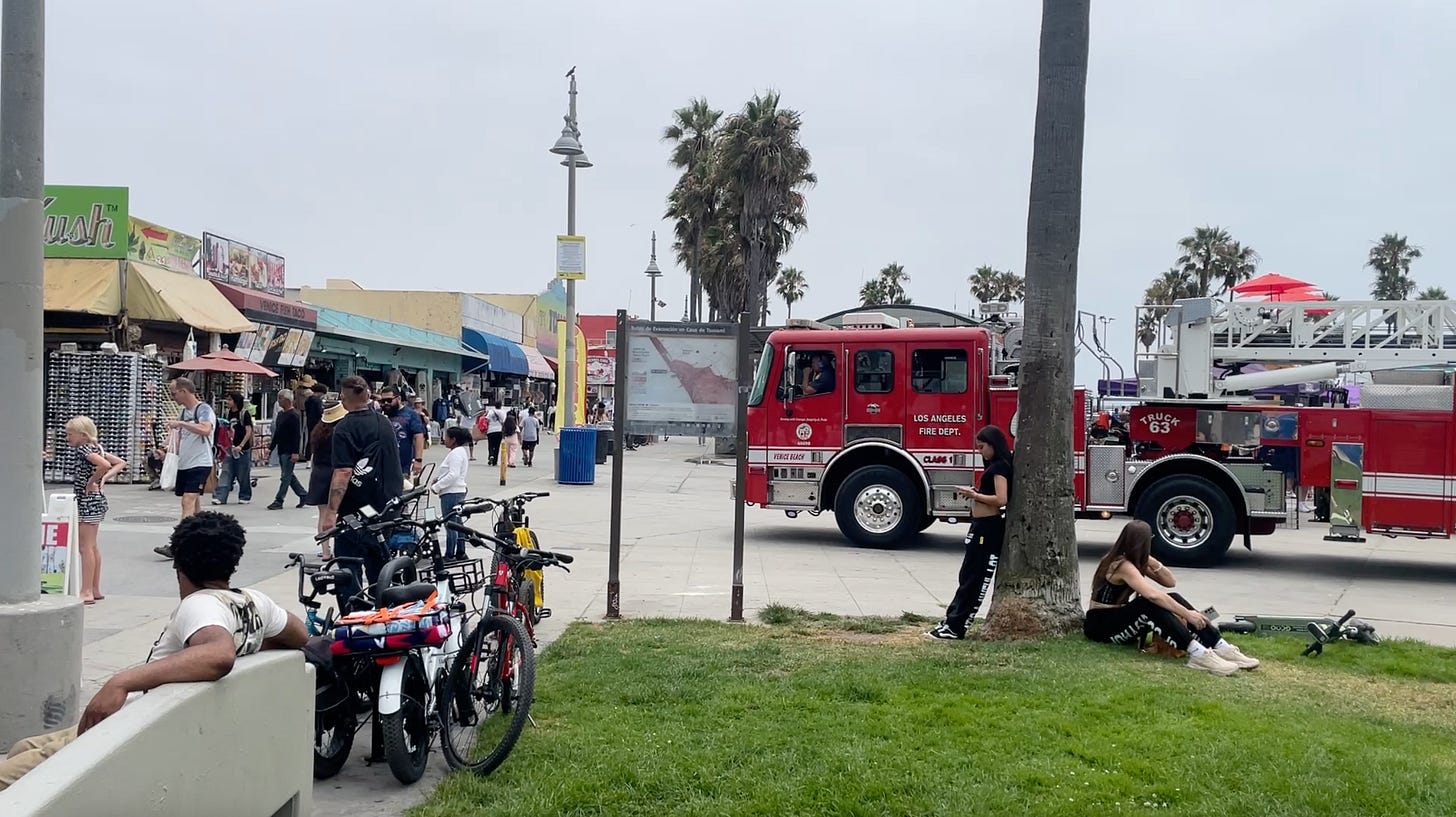Service Vehicle Size Shouldn't Dictate Our Streets: Lessons From East Asia
In the US, we often hear that streets must be built wide to ensure access by buses, fire trucks, or other service vehicles. But it doesn't have to be this way.
Note: I made a full video on YouTube outlining the issue of large service vehicles and wide streets. I cover how our service vehicle size is often used as an excuse to keep our streets wide, especially with fire trucks. I then bring viewers to four East Asian cities of Suzhou, Hong Kong, Seoul, and Tokyo to see better examples.
The message: we should design our service vehicles to fit our streets, not the other way around. What are some other good examples you know? Watch the full video below.
Summary
The YouTube video was prompted by the responses to an old Tweet, which got a lot of hate.
But this ethos comes from Strong Towns and other urbanists who have been advocating for better streets, but keep running into the service vehicle excuse.
Examples from Asia
In Suzhou, China, I show fire trucks and other emergency vehicles that can easily navigate the ancient city pathways.
In Seoul, we use the Maeul Bus (마을버스) to take us to village alleyways. In
Hong Kong, the 120-year-old tram (or Ding Ding) safely mingles with the masses of people walking around the narrow passageway-like streets.
In Tokyo, the famous Kei trucks show us that not every work truck needs to be a behemoth.
Other Examples?
Let me know other examples of places designing their service vehicles for their streets, and not the other way around. Even in the US!
Please watch the full video and comment if you have thoughts.




